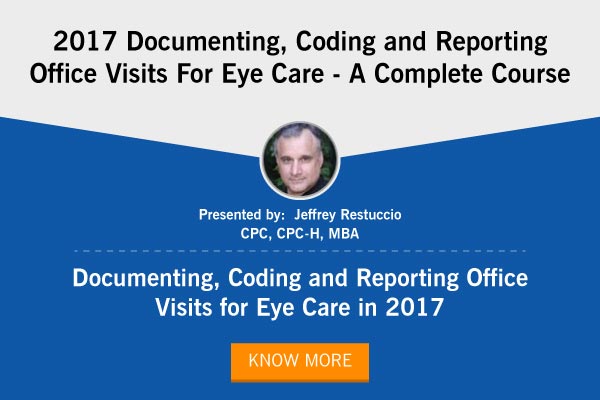Nanomaterials in large numbers have been used successfully in cosmetics, home care products,  and personal care products. But what are nanomaterials exactly? These are particles of physical substances intentionally prepared with particle size ranges between 1-150 nm, and their properties are very different from particles of the same materials with more ordinary mm-scale/micron dimensions. Nanomaterials can also be classified as the building blocks of nanotechnology, in which the chemical and physical properties of nanomaterials can be altered according to their specific applications.
and personal care products. But what are nanomaterials exactly? These are particles of physical substances intentionally prepared with particle size ranges between 1-150 nm, and their properties are very different from particles of the same materials with more ordinary mm-scale/micron dimensions. Nanomaterials can also be classified as the building blocks of nanotechnology, in which the chemical and physical properties of nanomaterials can be altered according to their specific applications.
Nanotechnology in Cosmetics
Cosmetics products using nanotechnology and nanomaterials include hair care products, moisturizers, sunscreen and make-up. There are two really notable uses of nanotechnology in cosmetics. Firstly, nanoparticles are used as UV filters, of which titanium dioxide and zinc oxide are the main instances. There are also organic alternatives to these. The second use of nanotechnology in cosmetics is for delivery. The types of nanoparticles most often used as delivery vehicles for cosmetic products are liposomes and niosomes, though newer structures such as nanostructured lipid carriers and solid lipid nanoparticles are known to perform better than liposomes. The legal requirements for manufactured cosmetics using nanomaterials are the same as those for other cosmetics. Cosmetics may not be subject to premarket approval, however, individuals and organizations marketing cosmetics are responsible legally for product safety and must label their product properly. For such safety assessments, new methods may need to be developed and standard safety tests may need to be modified, considering advancements in nanomaterials and nanotechnology.
Nanomaterials in Personal Care Products
The Environmental Working Group has done an in-depth survey on the use of nanoscale materials in personal care products, which reveals that there is widespread use of nanoscale ingredients in personal care products many people use every day. There are nearly 98,000 products with nanomaterials found by the study, out of which more than 256 kinds have more than 57 types of nanomaterials*. There is also the Personal Care Products Council, an organization of cosmetics and personal care product manufacturers which is running an initiative on the safety of nanoscale materials, propagating the safety of using these products. The association has released scientific white papers on the application of nanotechnology in products of personal care, which detail the advantage of using nanomaterials, nanotechnology and the regulatory evolution of personal care products, as well as the potential for dermal absorption of nanoparticles used in lotions/creams etc.
In the last 20 years, advertising and literature on nanotechnology in personal, home care and food products has been following a very unfortunate narrative, which begins with irresponsible and unrealistic hype and leads to inevitable disappointment, and this, coupled with the loose regulatory environment, has brought about a certain amount of customer push-back and distrust. If you want to have an increased understanding on how nanostructured materials are currently enabling the development of exciting new products in home care, personal, cosmetics and food industries, and learn about the state of the field at large, you should take part in the webinar hosted by AudioSolutionz, Nanomaterials in Personal and Home Care Products, Cosmetics and Foods on Thursday, October 22, 2015 where expert speaker Fiona Case will provide an overview of various nanostructured materials which are relevant to the aforementioned industries. Also, if you want to join similar CPG & Retail conferences and webinars, you can visit AudioSolutionz.


